
Catacombs of San Gaudioso (Catacombe di San Gaudioso) - the second largest, after the catacombs of San Gennaro (Catacombe di San Gennaro), an early Christian cemetery in Naples and one of the oldest cemeteries of the period of early Christianity (IV - V century BC), now included in the route "Napoli Sotterranea".
The catacombs are located in the Northern part of Naples, one of the most densely populated areas of the city, which was once a necropolis and cemetery - area sanità (Stella / Rione Sanità).
Above the catacombs, between 1602 and 1610 was built the Basilica of Santa Maria della Sanita (Basilica di Santa Maria della Sanità), which is currently being access to the catacombs of San Gaudioso.
The Church of Santa Maria della Sanita is one of the most ambitious projects of the Dominican architect, fra Nuvolo in the Baroque style. A distinctive feature of the Church is a dome with yellow and green majolica.

The Church was erected in sign, in the 16th century on this place there was found a fresco of the virgin and child, Dating back to 5-6 centuries. This is the oldest image of the Madonna in Naples, which is now kept in the Church.
Currently, the Shrine is considered a Museum of Neapolitan paintings of the 17th century, where the samples Mannerist, classical and Baroque movements.
In addition to its rich heritage of the seventeenth century, in the Basilica also houses works by contemporary artists, and most ancient core of the works dates back to the design and construction of the Church with the paintings of the late sixteenth century from the Tuscan-Roman period.

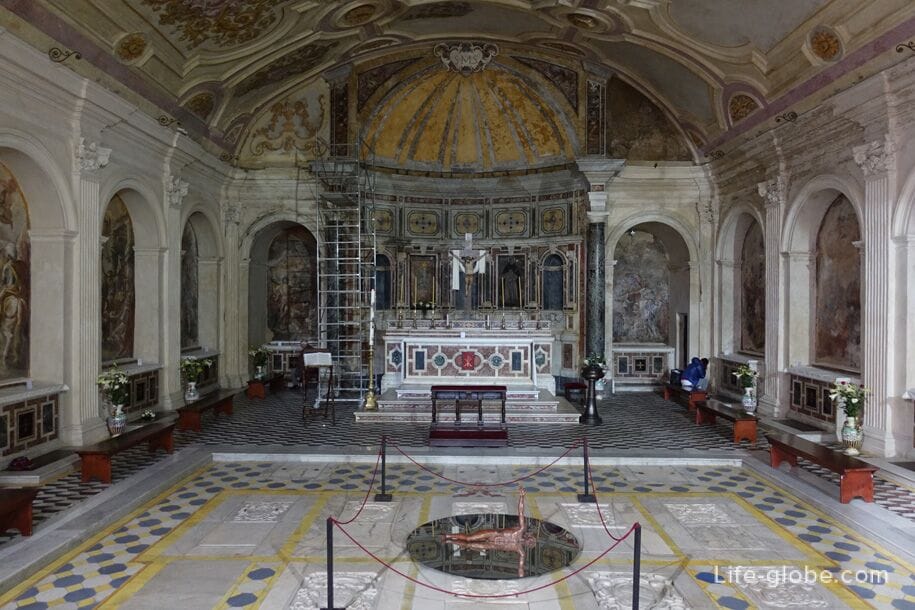
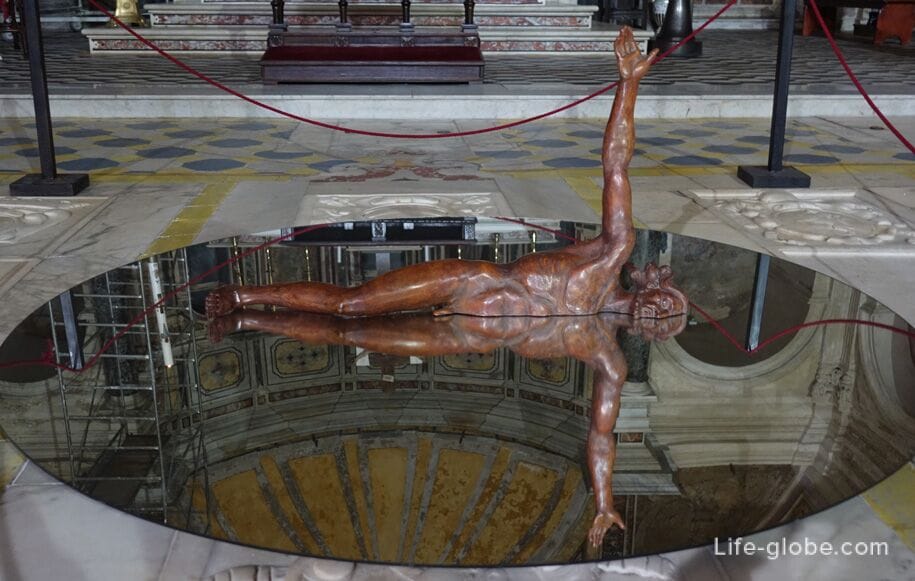
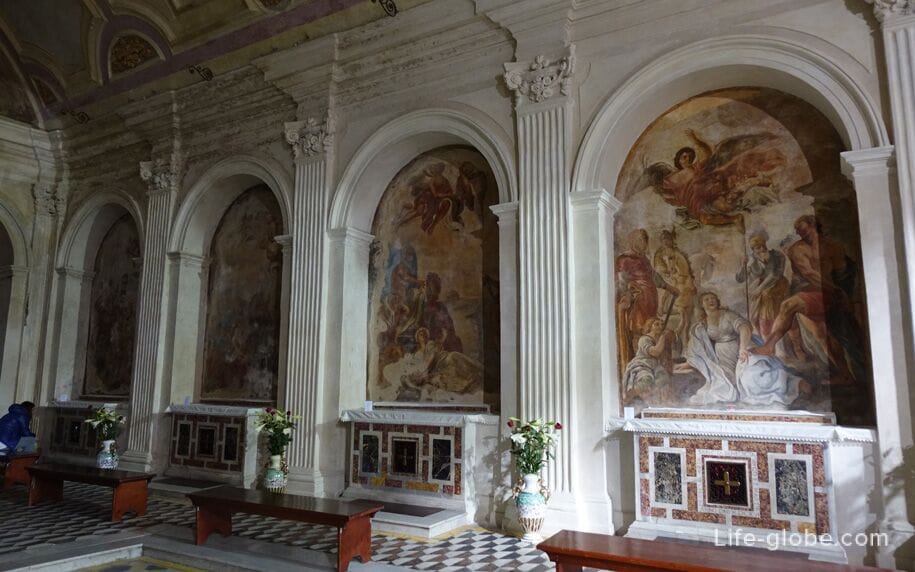
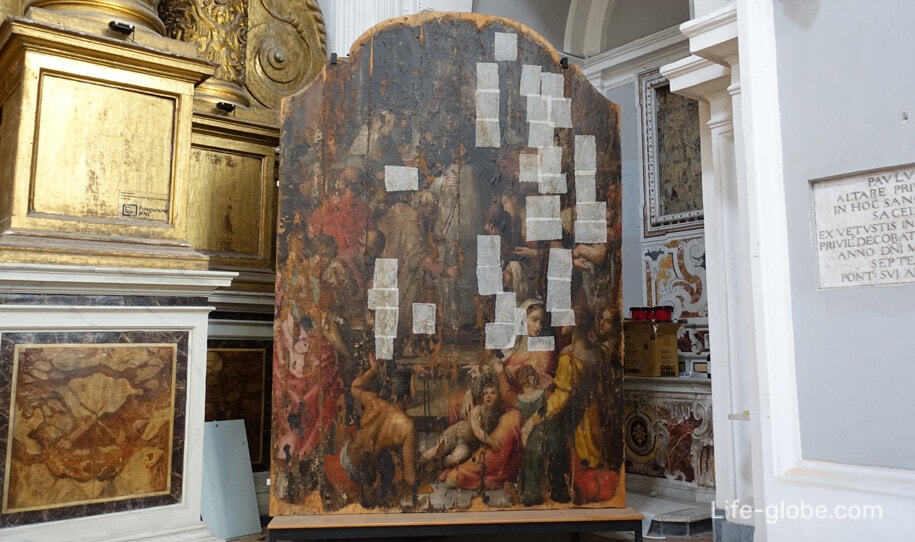
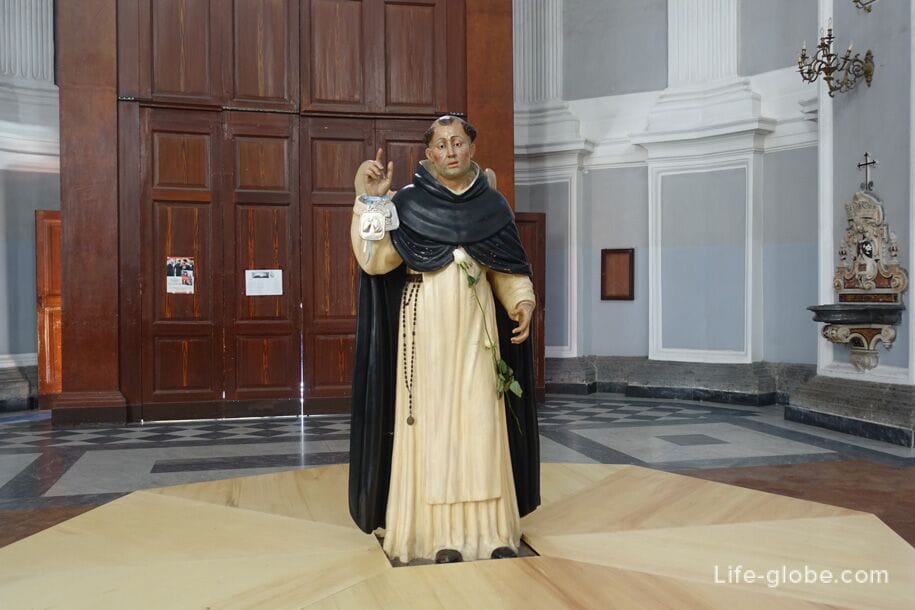
The entrance to the Basilica is made on the area of Sanita, 14 (Piazza Sanità, 14, 80136 Napoli NA, Italy). From the Church you can go to the catacombs of San Gaudioso located under the altar of the Church.
The structure of the catacombs was probably formed in pre-existing Greco-Roman necropolis.
These catacombs were buried St. Gaudioso (Septimius Selio Gaudioso, nicknamed Gaudioso Naples or Gaudioso African) - the Bishop of North Africa, exile, stayed in Naples and lived in town until his death. In Naples he built the monastery and gained fame of Holiness. The burial of a Minister happened between 451 and 453 years. After the burial-place became the object of veneration and known under his name (hence the name of the catacombs).
Since then the catacombs have been expanded and now attracts, on the one hand, the presence of early Christian elements, such as the tomb of San Gaudioso, frescoes and mosaics from the 5th and 6th centuries ad, with symbols, widespread in early Christianity, such as fish, lamb, vine shoots, and the graves of the nobility since the 17th century, when the catacombs resumed its function as a burial place after it was abandoned in the late medieval period, including due to landslides resulting from the erosion of the surrounding hills and steplewski area.
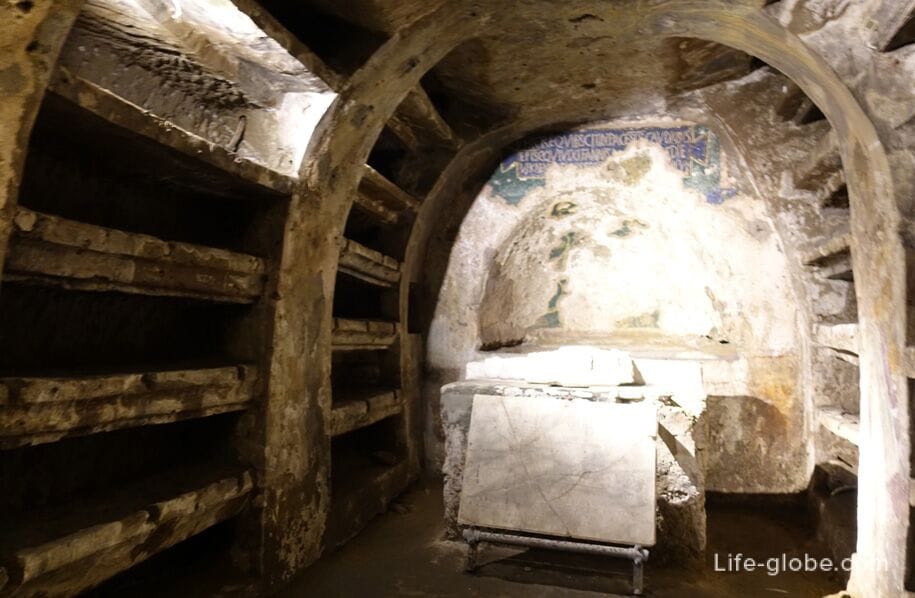
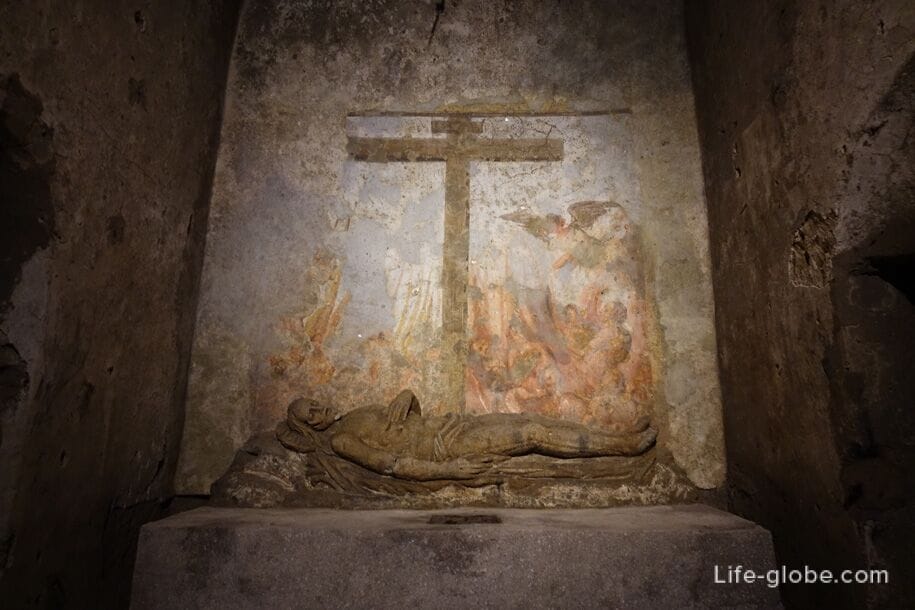
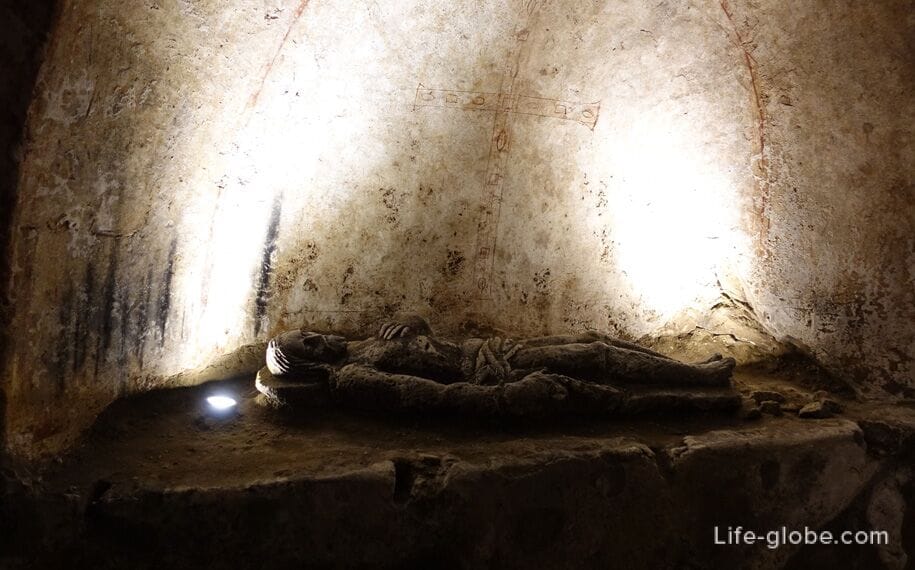
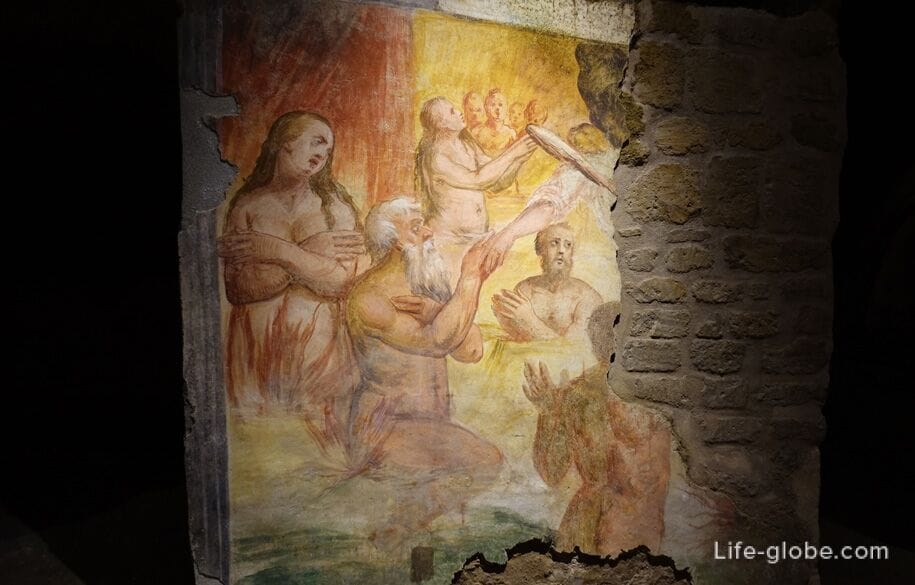
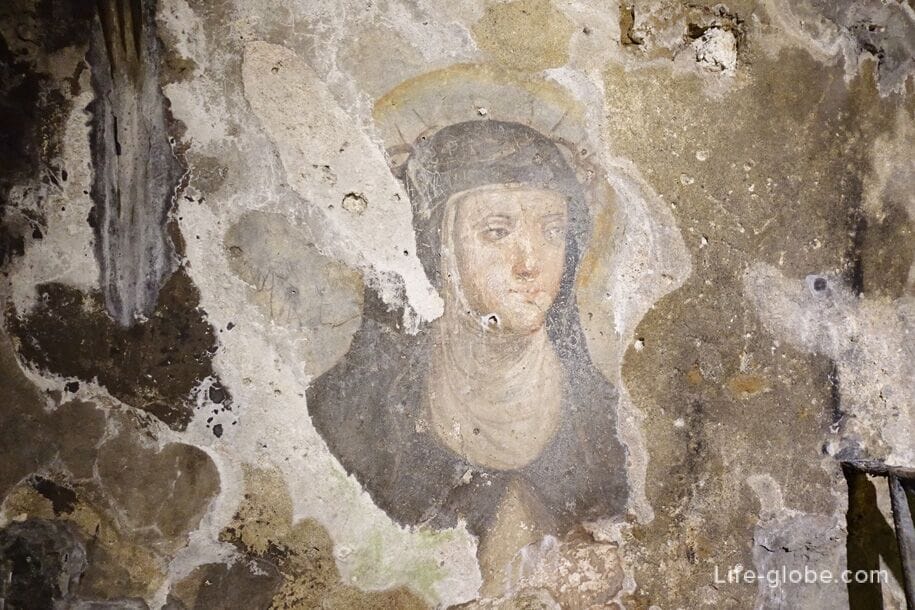
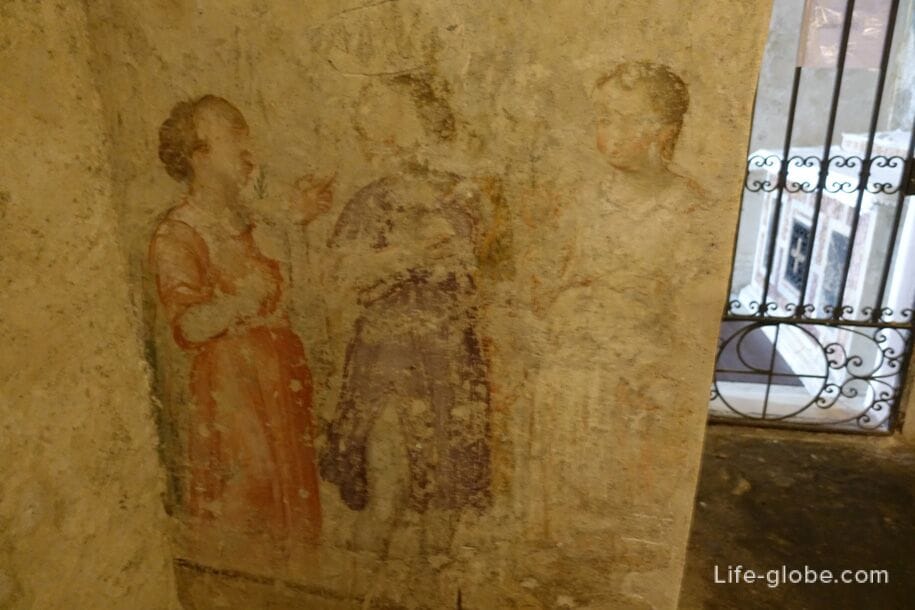
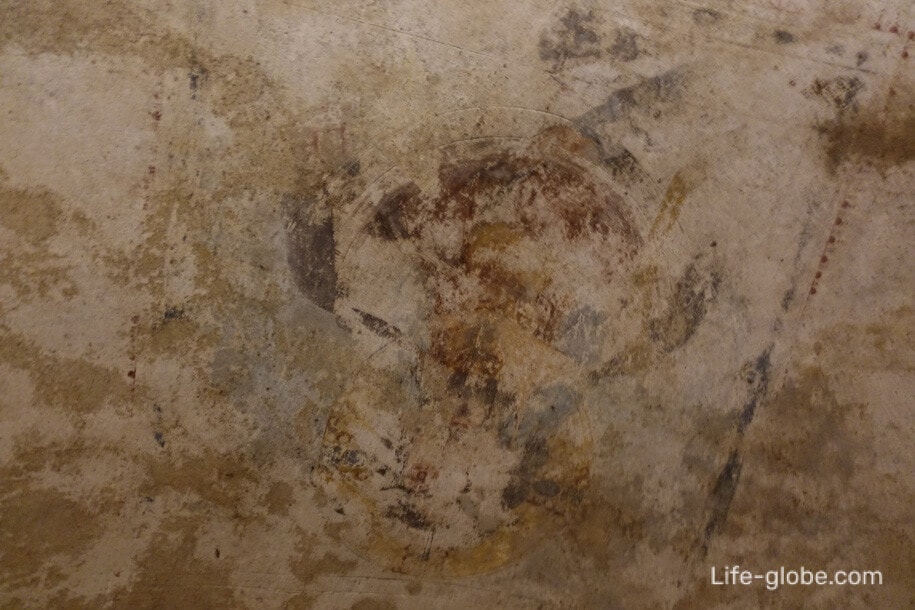
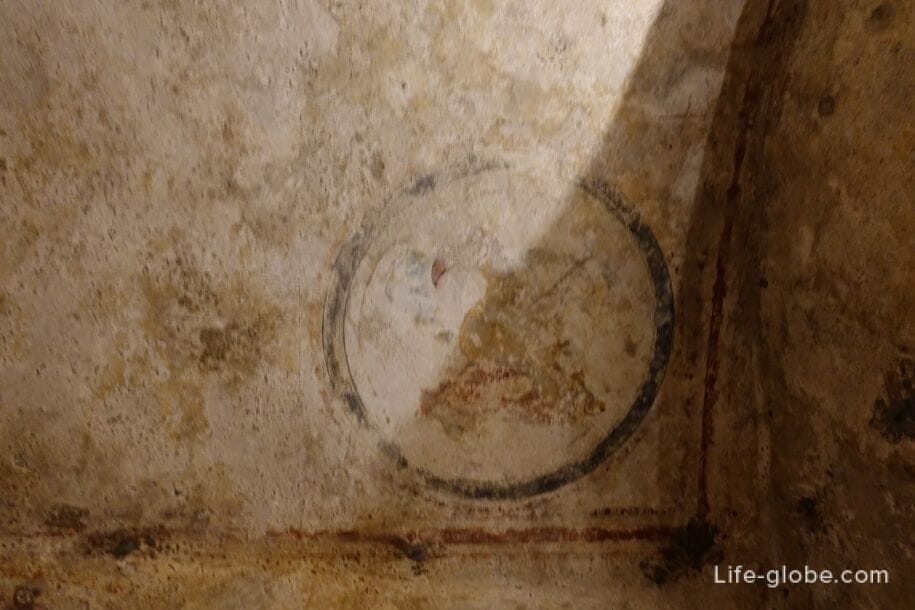
After the theft of the remains of San Gennaro Prince of the Season I took them to Benevento, there are fears that the theft of the relics of saints and bishops will continue. For this reason, in the ninth century the remains of saints, including San Severo and San Gaudioso, were placed inside the walls of Naples.
Catacombs of San Gaudioso returned to become the burial place in the sixteenth century, after the discovery of the frescoes of the Madonna until, under the layer of dirt.
Since the seventeenth century, the crypt was subjected to various interventions related to the construction of the Basilica, such as the reconstruction of the main altar and ten side altars.
Now the catacombs of San Gaudioso are several narrow corridors (clinics), which are carved niches for burials.
The length of the Central dispensary of the catacombs is 30 meters, and its width is equal to 2-3 meters and contains 13 compartments for burial (cabs).
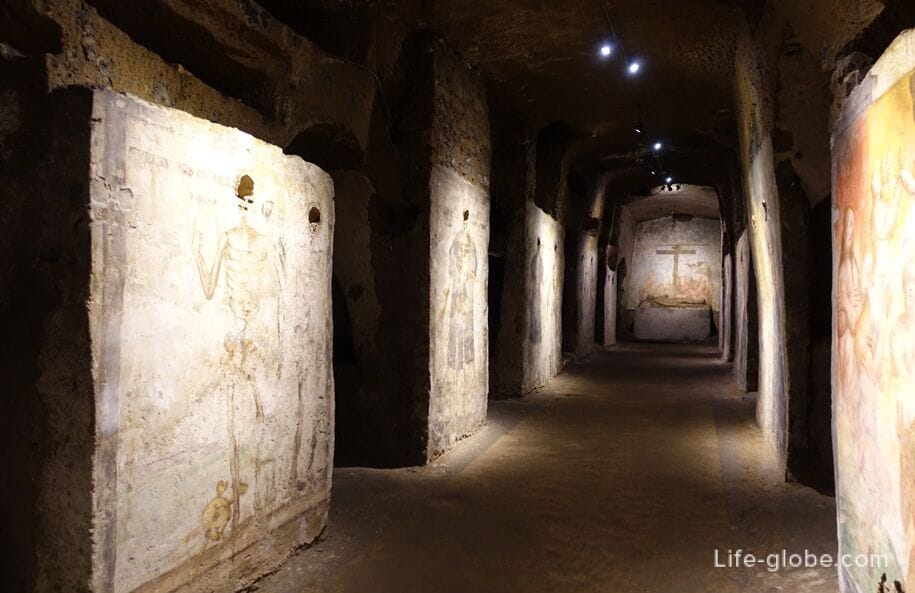

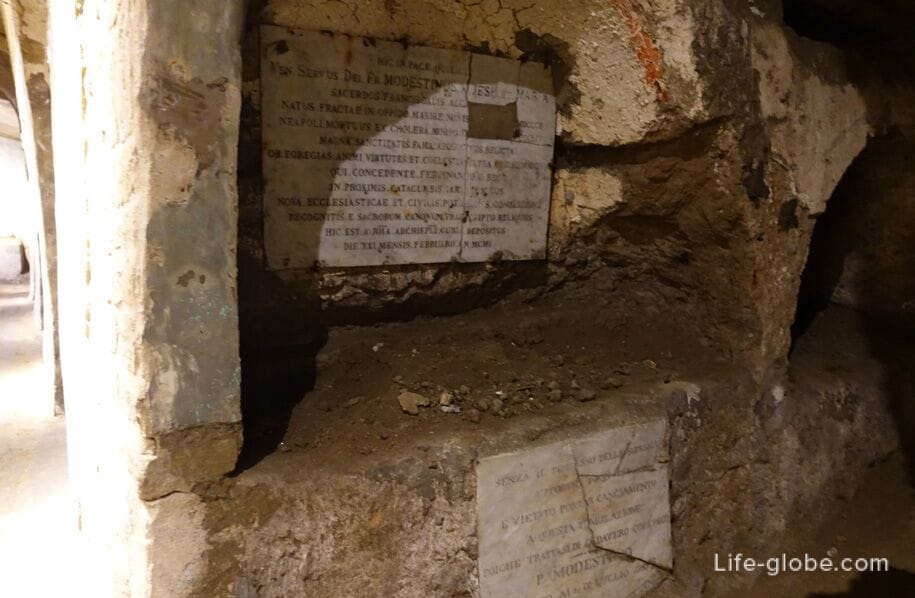
In the seventeenth century in the catacombs were placed mainly graves of aristocrats and priests. The tombs of the nobles and of the clergy was built in accordance with defined procedures. The skull was attached and seen in the outpatient walls, while other parts of the bodies were painted, usually with a picture of the clothes and items that could talk about the social status of the dead.
From skulls embedded in the walls, almost nothing left, since the front was lost due to high humidity. The fact that many of these skulls clearly less than that of men of the present time, due to better food and medicine, and therefore the overall health of today's people.
The burial of nobles and churchmen included the practice of drainage (the rite of drainage). Drainage was the procedure that the bodies of the dead were placed openings to facilitate the drying process. Then the bodies were placed in niches so that lost fluid. This process occurs in tiny cavities called seditoi, with grooves for the vessel located under the deceased, who had the function of collecting the putrid liquid. Once the process was completed, the bones washed and placed in their final place of burial. The process of draining the bodies was carried out by a person called schiattamuorto.



During a visit to the catacombs of San Gaudioso have the opportunity to visit the old part of the yard of the Church of Santa Maria della Sanita.
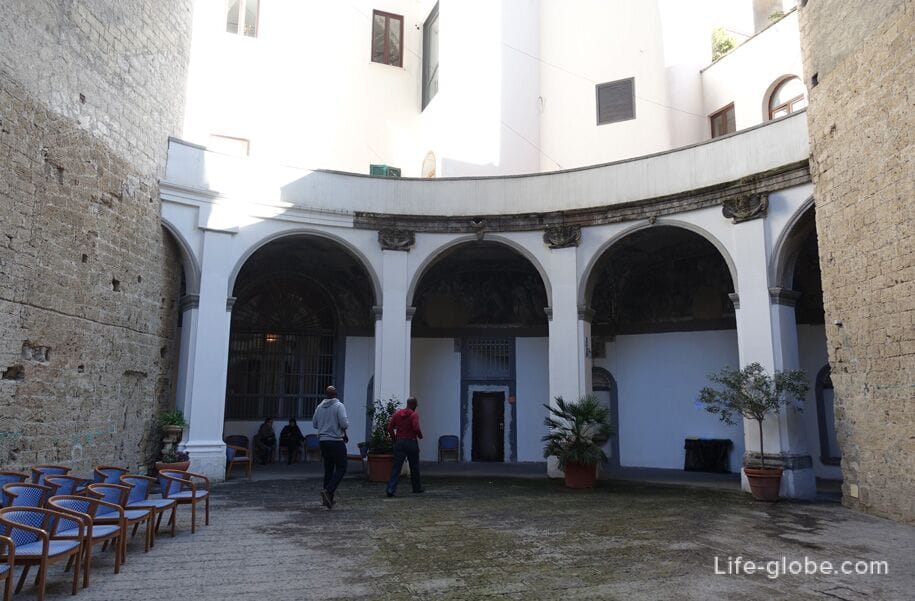
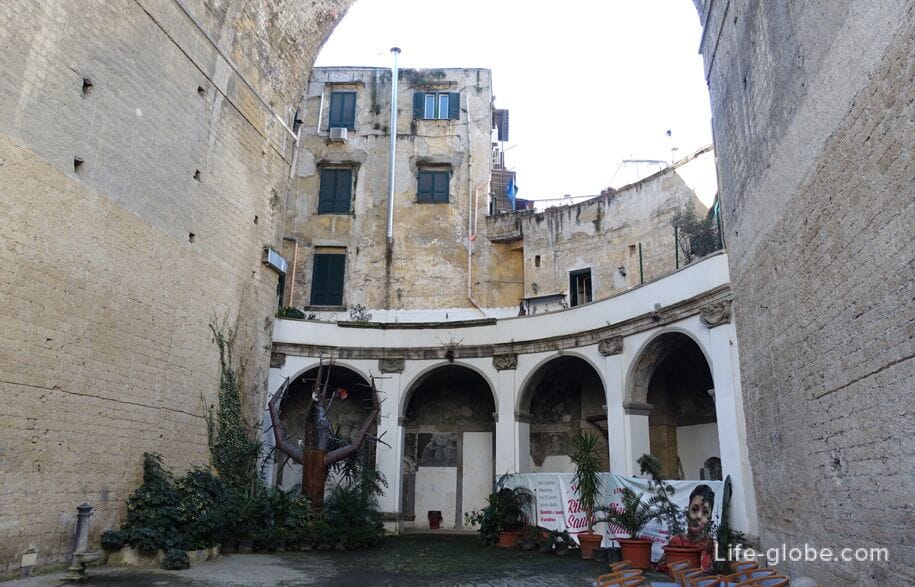
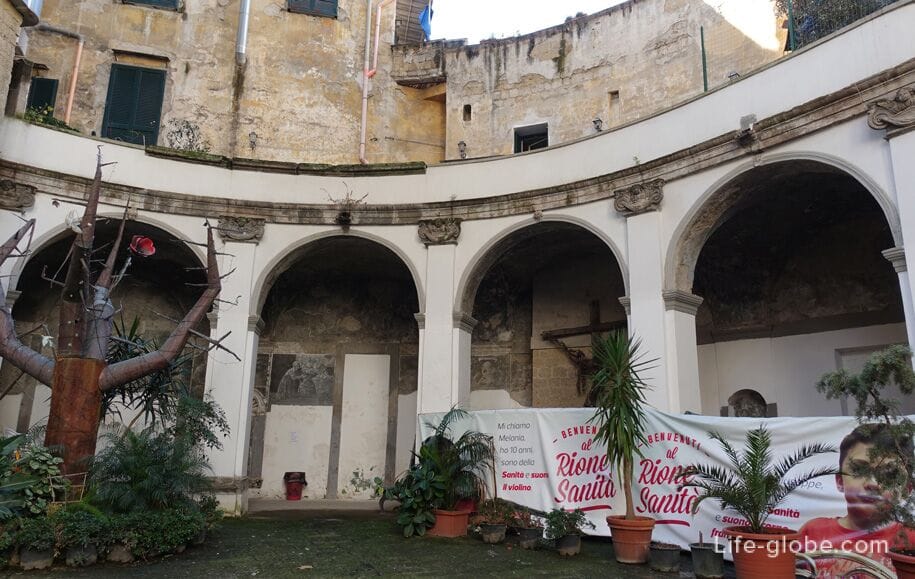
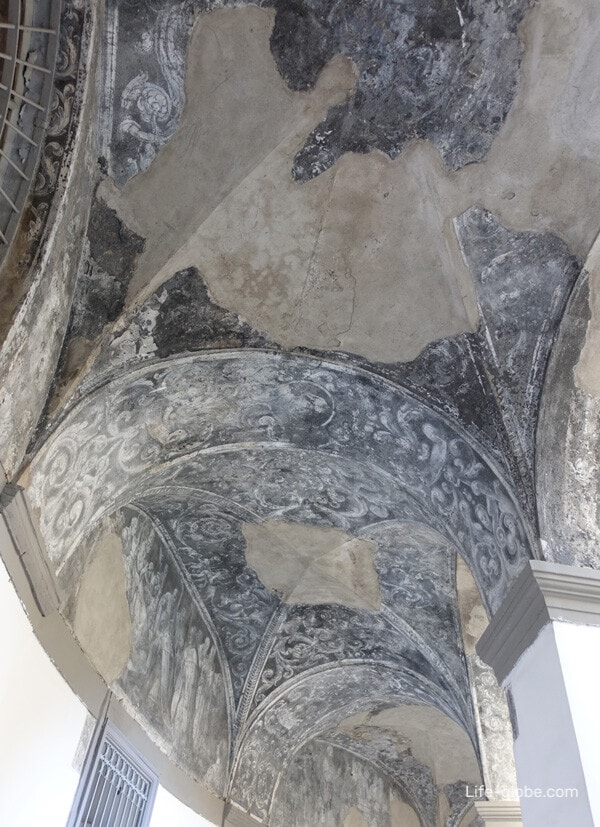
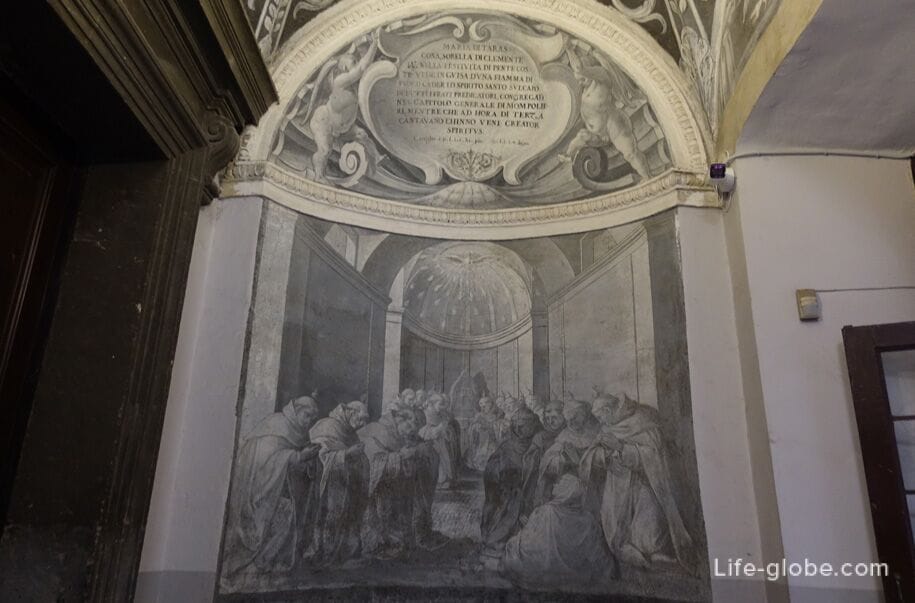
Current funerary complex of San Gaudioso revived and opened to the public thanks to the intensive company's recovery started in the spring of 2017, which in itself is an important step towards understanding the history of the sanità neighborhood and the revival of the once lost.
A visit to the catacombs is only possible with a guided tour. The tour includes a visit to two of the catacombs: San Gaudioso and San Gennaro (catacombs of Naples), located at a small distance from each other - about 850 meters.
Tours are conducted in English and Italian.
Tickets can be purchased, as in the Church of Santa Maria della Sanita and at the offices of the catacombs of San Gennaro. The order of the visits does not matter: buy the ticket in the same catacombs go on a trip, alone go to the second catacombs - imposed ticket - the second visited the catacombs. The ticket is valid for 12 months, to visit two of the catacombs.
Cost of tickets: full €9; children under 18 years - €5; students / seniors over 65 years / law enforcement - €6; children up to 6 years stay free of charge; groups (minimum 20 participants) from €6; schools €4. For purchasing discounted tickets must show documents.
Opening hours of the catacombs:
- closed 25 Dec;
- catacombs of San Gaudioso - Monday to Sunday from 10:00 to 13:00 (last tour 13:00), guided tours every hour;
- catacombs of San Gennaro - Monday to Saturday from 10:00 to 17:00 (last tour at 17:00), Sunday 10:00 to 14:00 (last tour at 14:00), guided tours every hour.
The Route Of The "Holy Mile". Every Sunday at 9:30 a.m., for 15 euros and upon prior reservation you can visit the group Holy Mile route, passing through the sanità neighborhood. The route starts from the entrance to the catacombs of Naples (Via Capodimonte, 13) and includes visits to several area churches, the catacombs of San Gennaro, the cemetery of Fontanelle, Palazzo Sanfelice, the Spanish Palace and the port of San Gennaro - the end of the route at the gate.
Attention! Hours of the tours, terms and cost of tickets may vary, please check before visiting. Site.